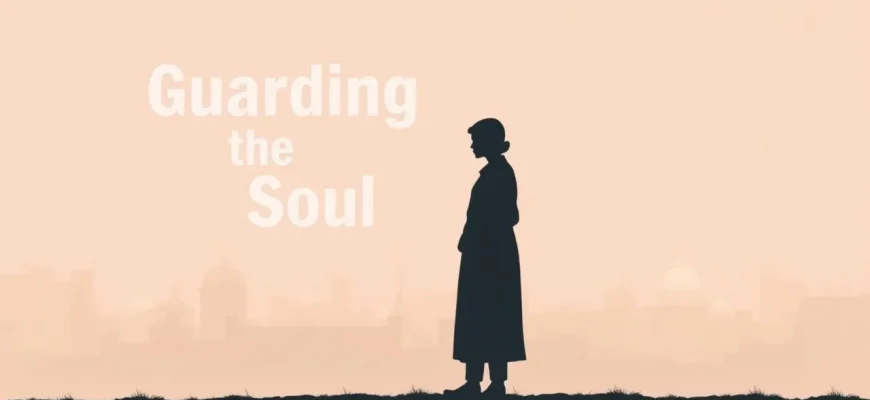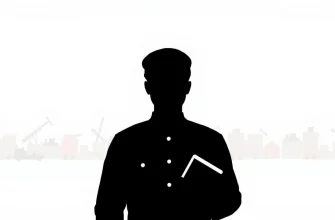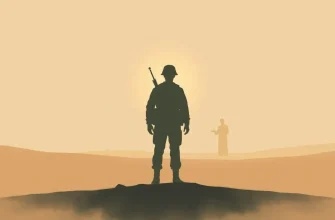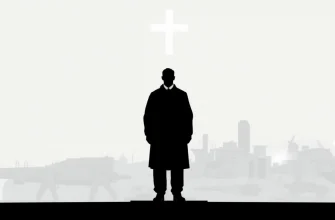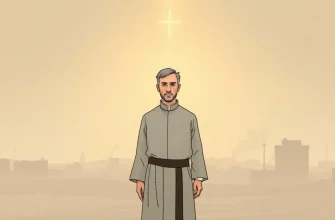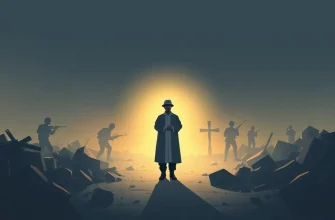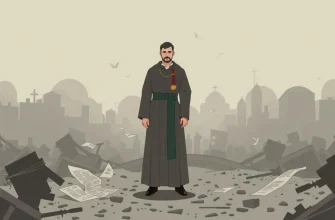The role of chaplains during World War II was not just about providing spiritual guidance but also offering solace, courage, and moral support in the face of unimaginable horrors. This curated list of films delves into the lives of these unsung heroes, showcasing their bravery, compassion, and the profound impact they had on soldiers and civilians alike. Whether you're a history buff, a film enthusiast, or someone seeking stories of human resilience, these films offer a unique perspective on the war through the eyes of those who ministered to the soul.
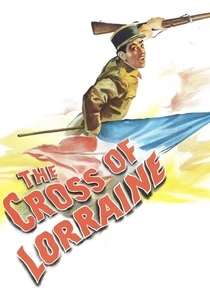
The Cross of Lorraine (1943)
Description: This lesser-known film follows French soldiers in a German POW camp, where a chaplain plays a crucial role in maintaining morale and faith among the prisoners.
Fact: The film was one of the first to depict the French resistance during WWII, showcasing the spirit of defiance and hope.
 Watch Now
Watch Now 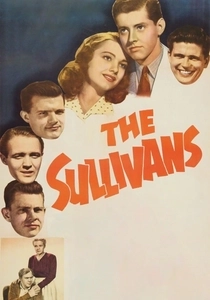
The Fighting Sullivans (1944)
Description: While not exclusively about chaplains, this film includes scenes where a chaplain plays a pivotal role in supporting the Sullivan family after the loss of their five sons. It highlights the chaplain's role in providing comfort during times of grief.
Fact: The film was based on the true story of the Sullivan brothers, whose tragic fate led to changes in U.S. Navy policy regarding siblings serving together.
 Watch Now
Watch Now 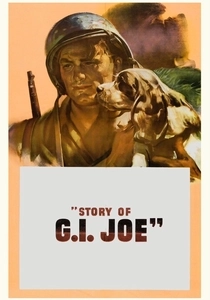
The Story of G.I. Joe (1945)
Description: This film follows war correspondent Ernie Pyle, but it also features a chaplain who shares the hardships of the front line, offering a glimpse into the spiritual support provided to soldiers.
Fact: The film was one of the first to portray the realities of combat from the perspective of the common soldier, earning it critical acclaim.
 Watch Now
Watch Now 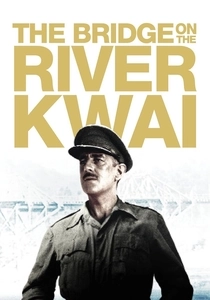
The Bridge on the River Kwai (1957)
Description: While primarily about British POWs, the film includes a chaplain who struggles with the moral dilemmas of war, particularly in his interactions with the Japanese captors and fellow prisoners.
Fact: The film won seven Academy Awards, including Best Picture, and its iconic whistle tune has become synonymous with the movie.
 Watch Now
Watch Now 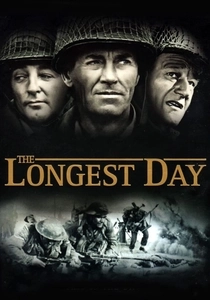
The Longest Day (1962)
Description: This epic war film captures the D-Day invasion from multiple perspectives, including that of a chaplain who provides comfort and last rites to soldiers. His role underscores the human element amidst the chaos of war.
Fact: The film was shot in black and white to give it a documentary feel, and it features an ensemble cast including John Wayne, Henry Fonda, and Sean Connery.
 Watch Now
Watch Now 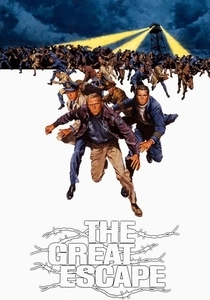
The Great Escape (1963)
Description: While primarily an escape story, the film includes a chaplain who provides moral support to the prisoners, reflecting the role of chaplains in POW camps.
Fact: The film was inspired by real events, though it took liberties with historical accuracy for dramatic effect.
 Watch Now
Watch Now 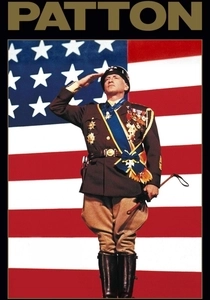
Patton (1970)
Description: This biopic of General George S. Patton includes a chaplain who interacts with Patton, offering a counterpoint to the general's aggressive military tactics with spiritual guidance.
Fact: The film won seven Academy Awards, including Best Picture, and George C. Scott's portrayal of Patton is iconic.
 Watch Now
Watch Now 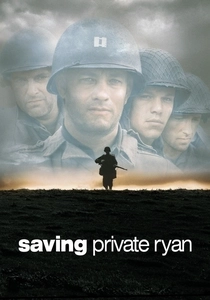
Saving Private Ryan (1998)
Description: Although not focused on chaplains, the film includes scenes where a chaplain performs last rites, highlighting the spiritual support during the Normandy landings.
Fact: The film's opening sequence, depicting the D-Day invasion, is considered one of the most realistic portrayals of combat ever filmed.
 Watch Now
Watch Now 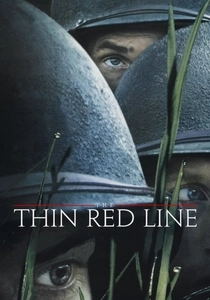
The Thin Red Line (1998)
Description: This meditative war film explores the inner lives of soldiers during the Battle of Guadalcanal, with a chaplain offering spiritual guidance amidst the chaos.
Fact: The film was adapted from James Jones's novel, and its philosophical undertones were influenced by Terrence Malick's personal reflections on war.
 Watch Now
Watch Now 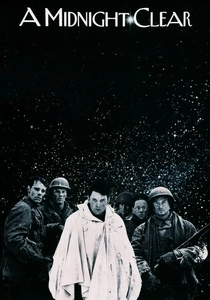
A Midnight Clear (1992)
Description: Set during the Battle of the Bulge, this film focuses on a small group of American soldiers, including a chaplain, who find themselves in a surreal situation where they must navigate the moral complexities of war.
Fact: The film was based on the novel by William Wharton, who himself served in WWII, bringing authenticity to the narrative.
 30 Days Free
30 Days Free 
